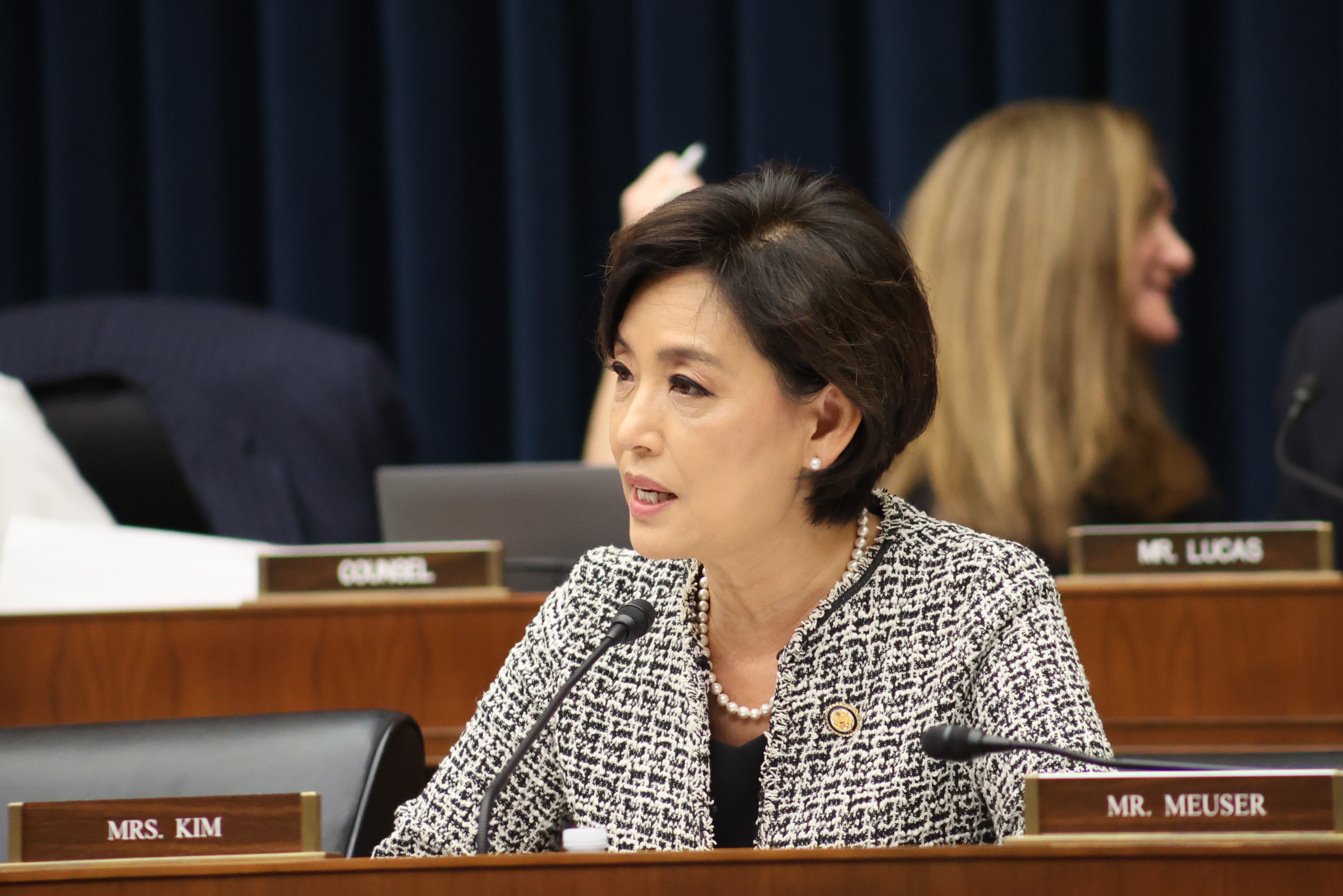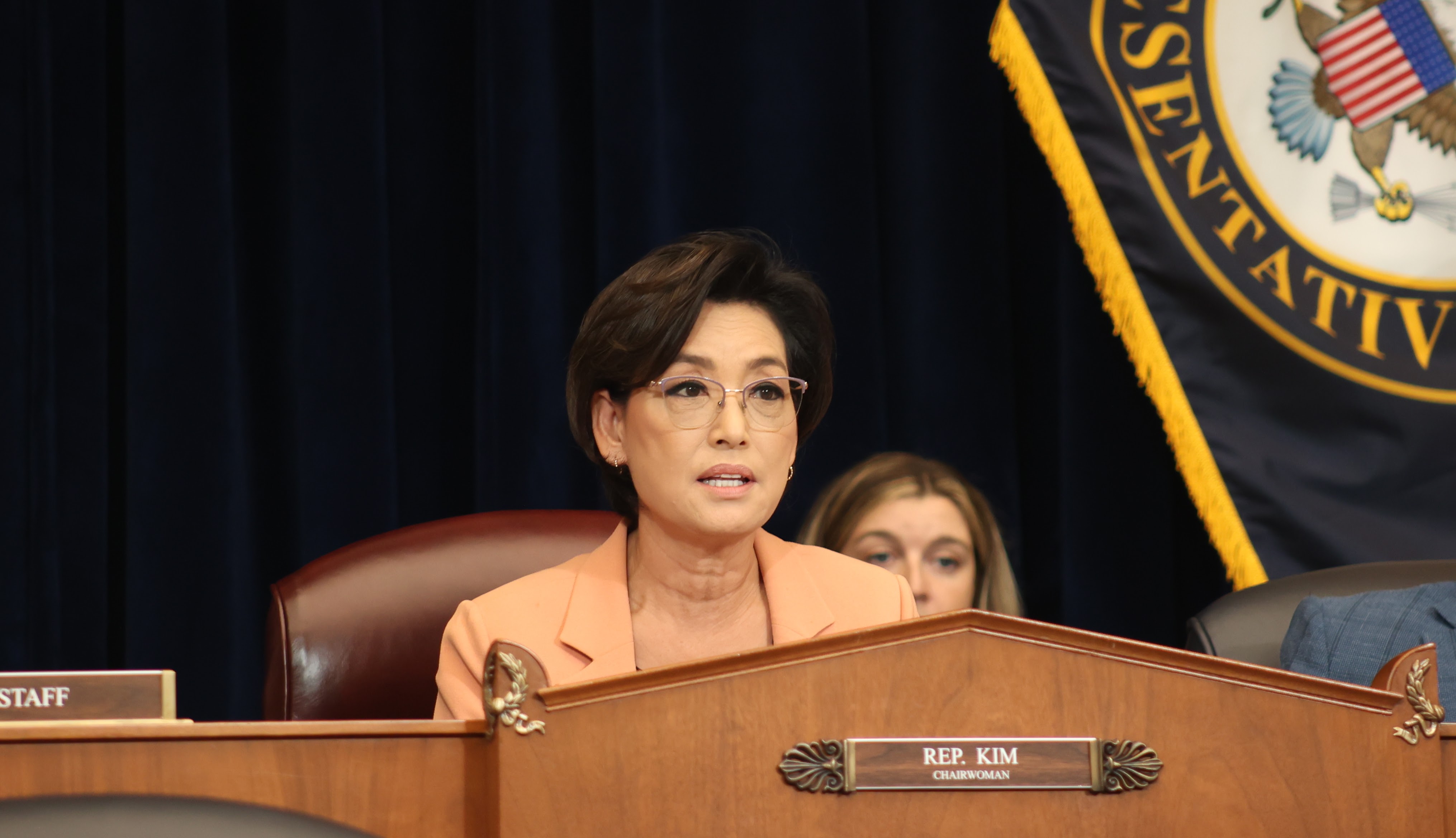Today, Rep. Deborah Ross (D-NC) with Rep. Mariannette Miller-Meeks (R-IA), Rep. Raja Krishnamoorthi (D-IL), and Rep. Young Kim (R-CA) introduced America’s CHILDREN Act. This important bill would make a vast improvement to the legal immigration system. It would guarantee that nearly all children who came to the United States as minors in legal, temporary statuses would receive the opportunity to apply for permanent residence. These young immigrants are often among the most talented people in the United States today, and letting documented dreamers live and work permanently will create tens of billions of dollars in economic growth for the United States.
Many of these so-called “documented dreamers” enter the United States as minor children whose parents are skilled workers on temporary visas like the H-1B work visa. The minor children receive an H-4 dependent visa. Employers can sponsor their parents for green cards, but the extensive green card backlog often forces them to wait many years to receive permanent residence. If the child turns 21 before their parent can qualify for a green card under the green card caps, the child loses both their H-4 status and their eligibility for derivative permanent residence through their parents’ application.
This phenomenon known as “aging out” forces tens of thousands of documented dreamers to become undocumented, leave the country in which they came of age, or find a series of temporary statuses they can hop from (such as becoming an international student), an expensive and fraught option. If they can stay as students and graduate, they will have to enter the H-1B lottery themselves. Then, even if they get lucky and win the lottery, their employer must sponsor them for a green card. Even then, they will enter the green card queue behind everyone else—despite already waiting many years as dependents on their parent’s application.
Their situation effectively parallels the situation of undocumented dreamers, except undocumented dreamers have a program that allows them to have a quasi-legal status and employment authorization through DACA, while documented dreamers are excluded. The bill attempts to rectify that inequity and keep these talented people in the United States.
What the America’s CHILDREN Act Does
- New path to citizenship for documented dreamer college graduates: The most important provision would create a new uncapped category for legal permanent residence for any documented dreamer who 1) spent at least 4 years as a dependent of any work visa holder (E, H, I, J, L, O, P, or TN), 2) had resided legally in the United States for not less than 10 years, and 3) graduated from a U.S. university.
- Comments: This language is very similar to language in Senator Rand Paul’s BELIEVE Act, but with the addition that the immigrant needs to have had spent 4 years in the dependent status, which will exclude very few documented dreamers. This language would even include some children who have already been forced to self‐deport. I previously wrote about the huge fiscal and economic benefits that these children would provide to the United States. This language has some benefits over the Dream and Promise Act (H.R. 6) documented dreamer provision in two respects: 1) it’s a permanent provision, so future documented dreamers will be guaranteed a path to citizenship, while H.R. 6 is limited only to those who arrived before January 2021, and 2) it includes a greater variety of documented dreamers since H.R. 6 only includes dependents of H-1B, L-1, E-1, or E-2 visa holders. However, the requirement in the America’s CHILDREN Act that they have already graduated college and have spent 10 years in the country including 4 years in dependent status are more restrictive than H.R. 6. It is also important to understand that this would remove about 255,000 child dependents from the green card backlog, freeing up more green cards for their parents. The provision would not provide green cards to the noncitizen spouse of the documented dreamer if, for instance, they married an international student, but after they received their green card, they could sponsor the spouse under the F-2A family-based category.
- End aging out of green card eligibility: In determining whether a child qualifies as a “child” for purposes of green card eligibility, the America’s CHILDREN Act would require the government to use the age of a dependent child on the date that the employer filed a petition for their parent or filed a labor certification application for their parent, depending on which happened earlier. This would mean that going forward, no child who reaches the age of 21 while waiting for a green card with their parents would lose eligibility under their parents’ application. This provision also has a “look-back” provision allowing dependent applications that were denied to be reopened if they would have qualified had these rules been in effect. This would primarily help those affected by USCIS’s harmful interpretation of the Child Status Protection Act that determines whether a child counts as a “minor” for green card eligibility using the “final action date” (i.e. when the green card can be approved) rather than the “date for filing” (when the green card can be filed).
- Comments: I have previously estimated that about 100,000 children currently in the green card backlog will age out and lose their places in line. Including those entering in the future, the rate of aging out of green card eligibility is a little more than 10,000 per year. I assume that most of those would eventually qualify under the new documented dreamer provision, but this provision would help those who might not qualify (or qualify yet) under it. It may also help those who had to leave the country just before reaching the 10-year/4-year requirements of the pathway to citizenship. It is unclear how many people would benefit under the “look-back” since most dependents who age out would not have filed an application that was denied.
- End aging out of dependent status: The America’s CHILDREN Act would also end the second component of “aging out” for those in the green card backlog by authorizing extension of nonimmigrant (i.e. temporary) status for dependents of work visa holders with a properly filed pending or approved immigrant petition past their 21st birthdays.
- Comments: Without extending their underlying dependent status, dependents in the green card backlog would still face the prospect of self-deportation. This provision solves that problem, so that dependent children don’t have to worry about finding another status, which is particularly problematic at the moment given the extensive delays in changes of status to F-1 status for international students.
- Authorizes employment to backlogged dependent children: The America’s CHILDREN Act would also authorize children in the green card backlog to work in the United States. Helpfully, the language authorizes employment without requiring an employment authorization document, which have also been subject to massive delays.
- Comments: Combined with the extension of status, this provision greatly enhances the positive economic effect of the bill and would enable documented dreamers to work indefinitely after graduation. It would eliminate the need for them to enter the H-1B lottery and hope for the chance of working legally in the future.
- Retains priority dates for aged out dependents: The America’s CHILDREN Act clarifies the Child Status Protection Act to state clearly that any beneficiary of an approved immigrant petition may use the earliest priority date that they have ever had.
- Comments: This effectively allows aged out dependents to reclaim their places in line if their parents receive green cards and sponsor them under the family-based system or they independently benefit from employer sponsorship. The administration could make this change on its own, but the Obama administration declined to do so in 2014, even though the Supreme Court ruled that the Child Status Protection Act was ambiguous. This provision clarifies that aged out dependents should be able to reclaim their spots if they are sponsored again.
Obviously, the entire employment-based system needs a major overhaul. The per-country limits that cause extremely long wait times for green cards for Indians should be repealed, for example, and the low overall caps should be dramatically raised (by partially removing dependents from the cap, America’s CHILDREN Act does raise both limits). But this legislation has a narrow focus on fixing an acute problem with some simple, obvious solutions. Legal immigrants who grew up in the United States should not be forced to leave. This bill would make sure that they can stay. That would be a great improvement for America’s immigration system.




